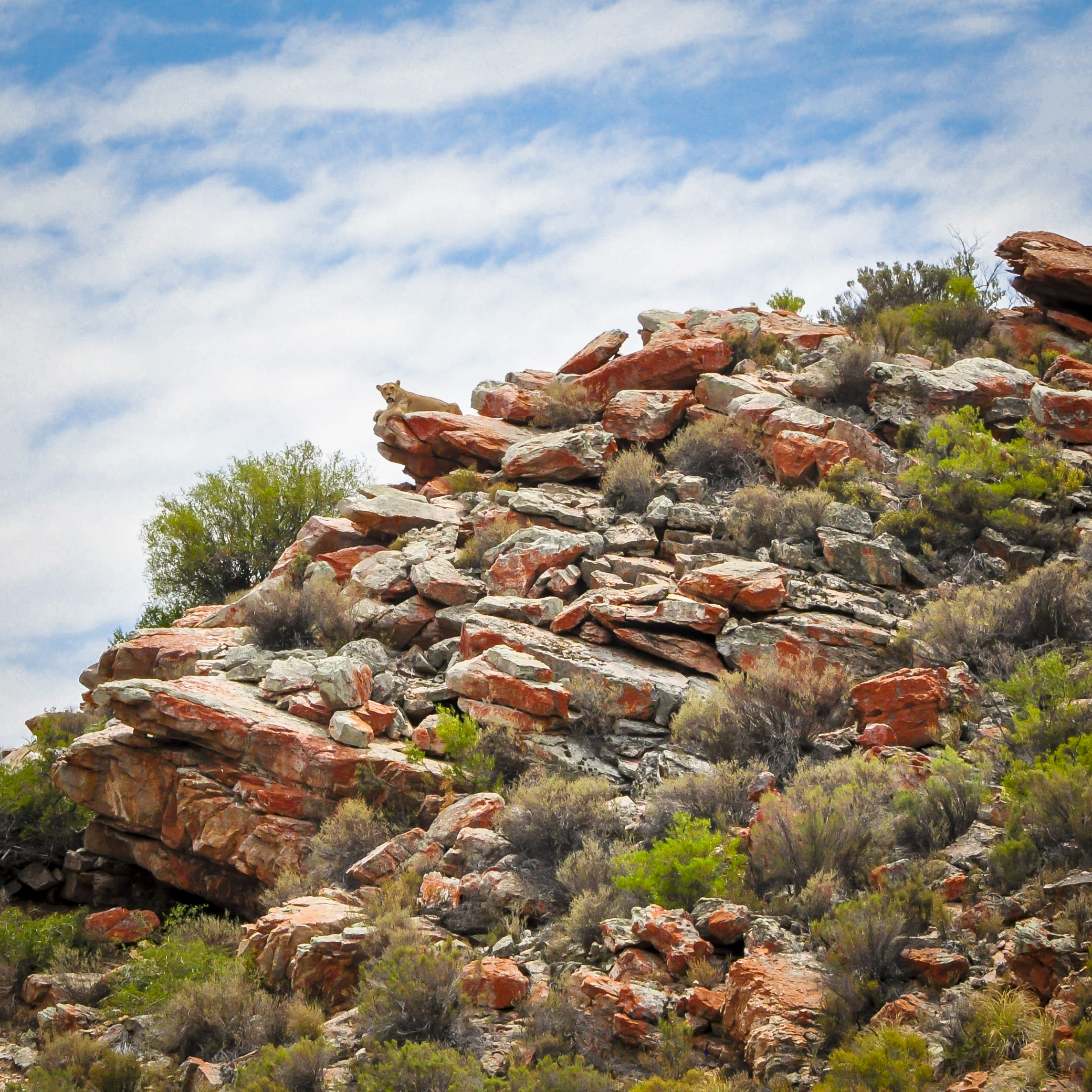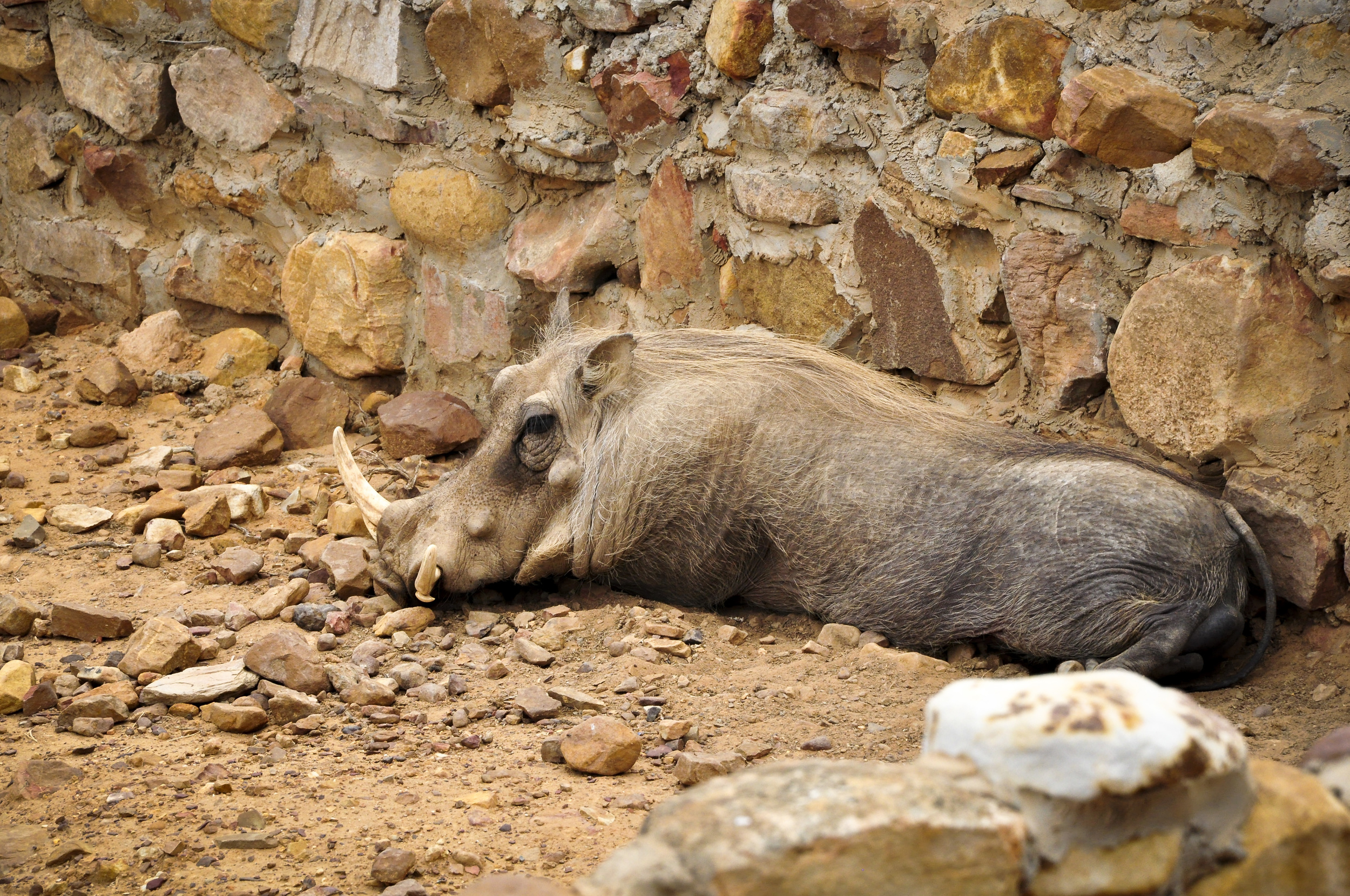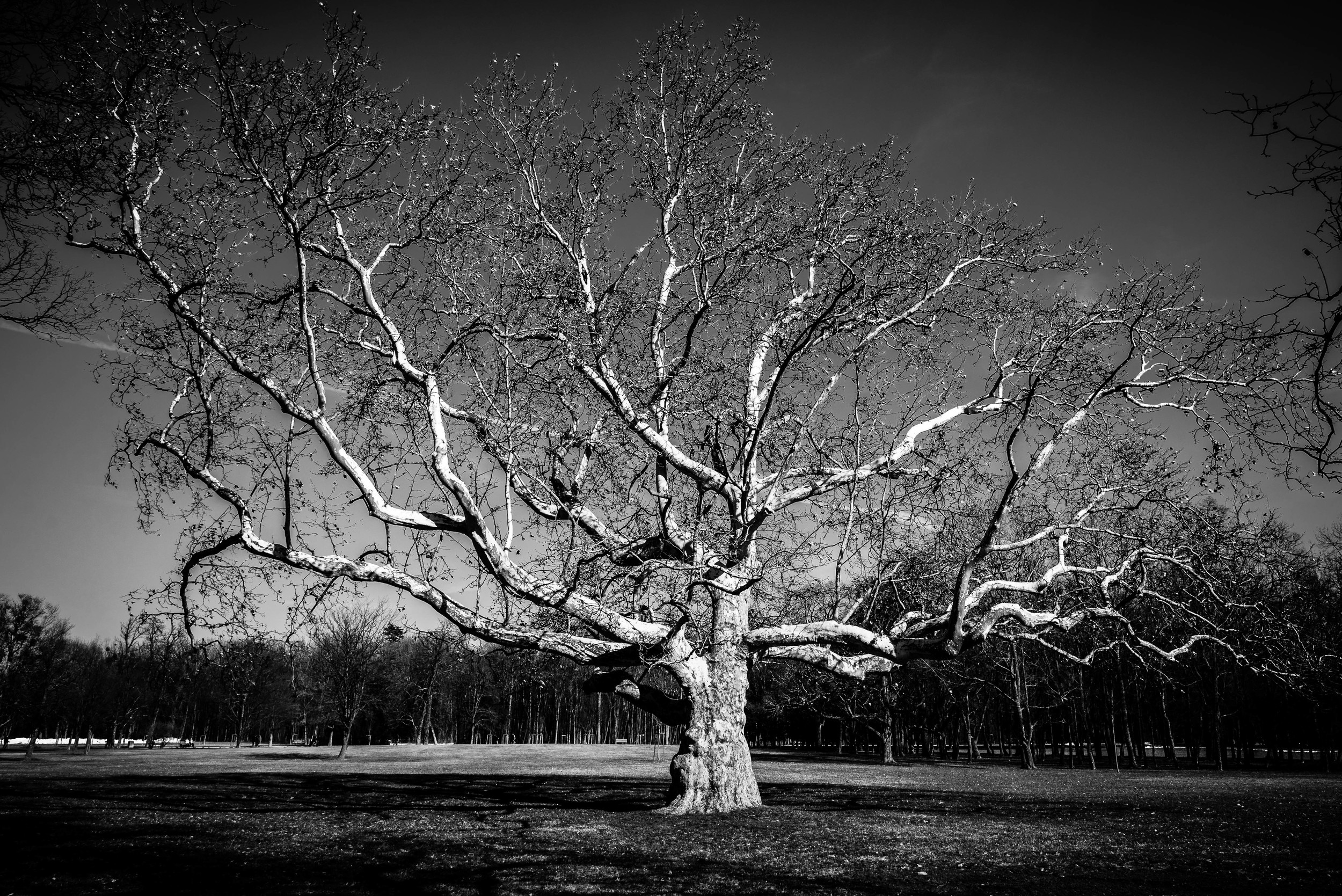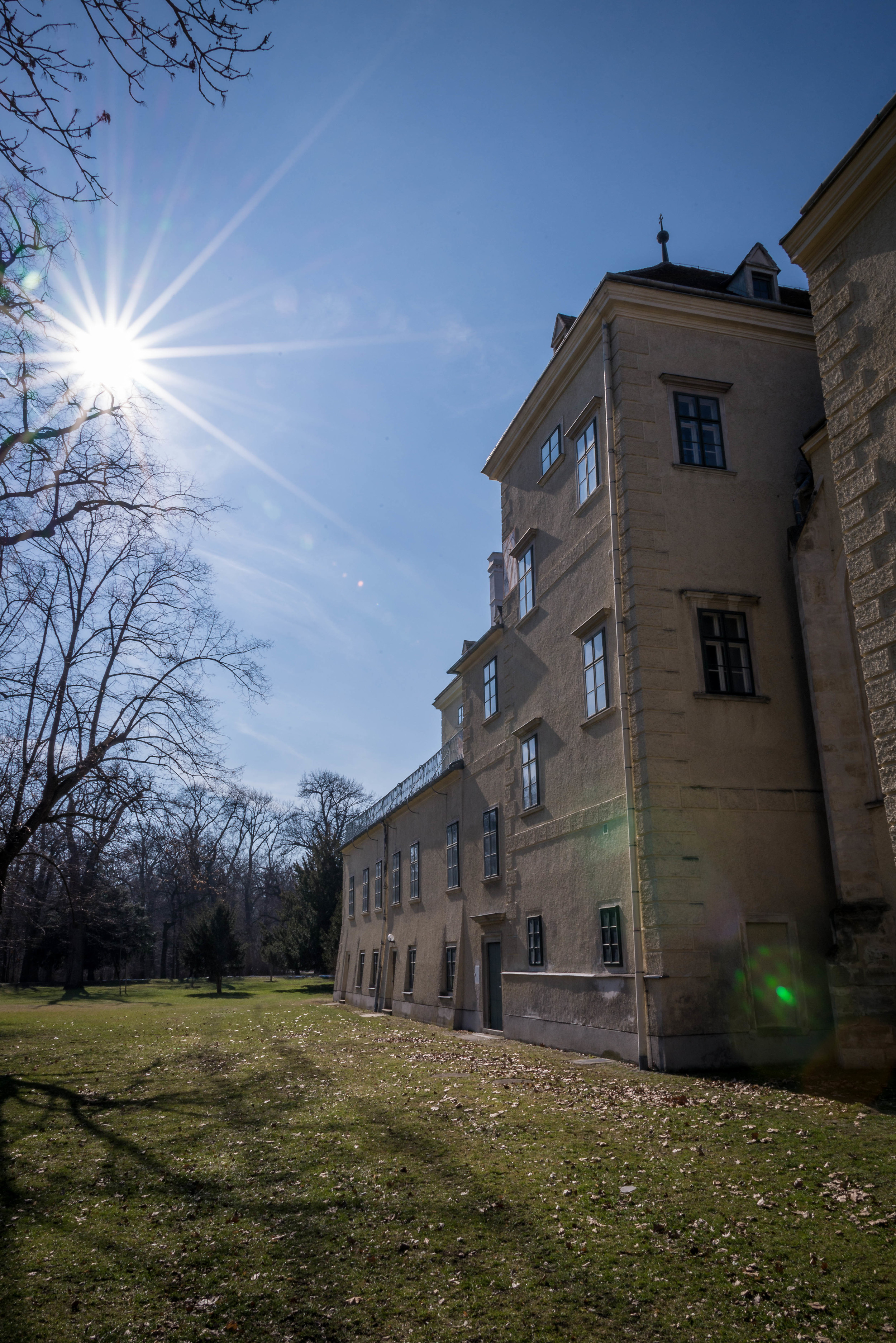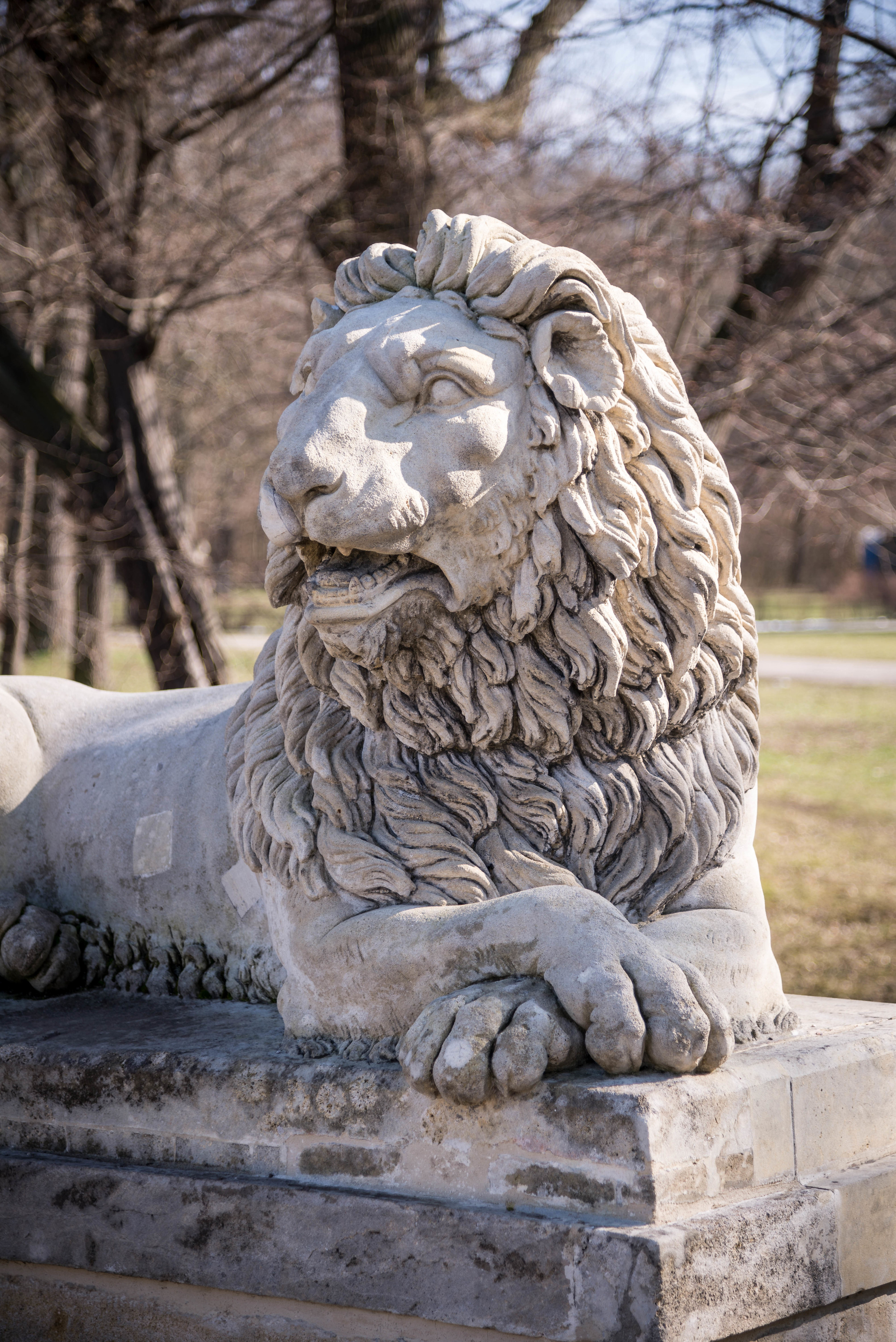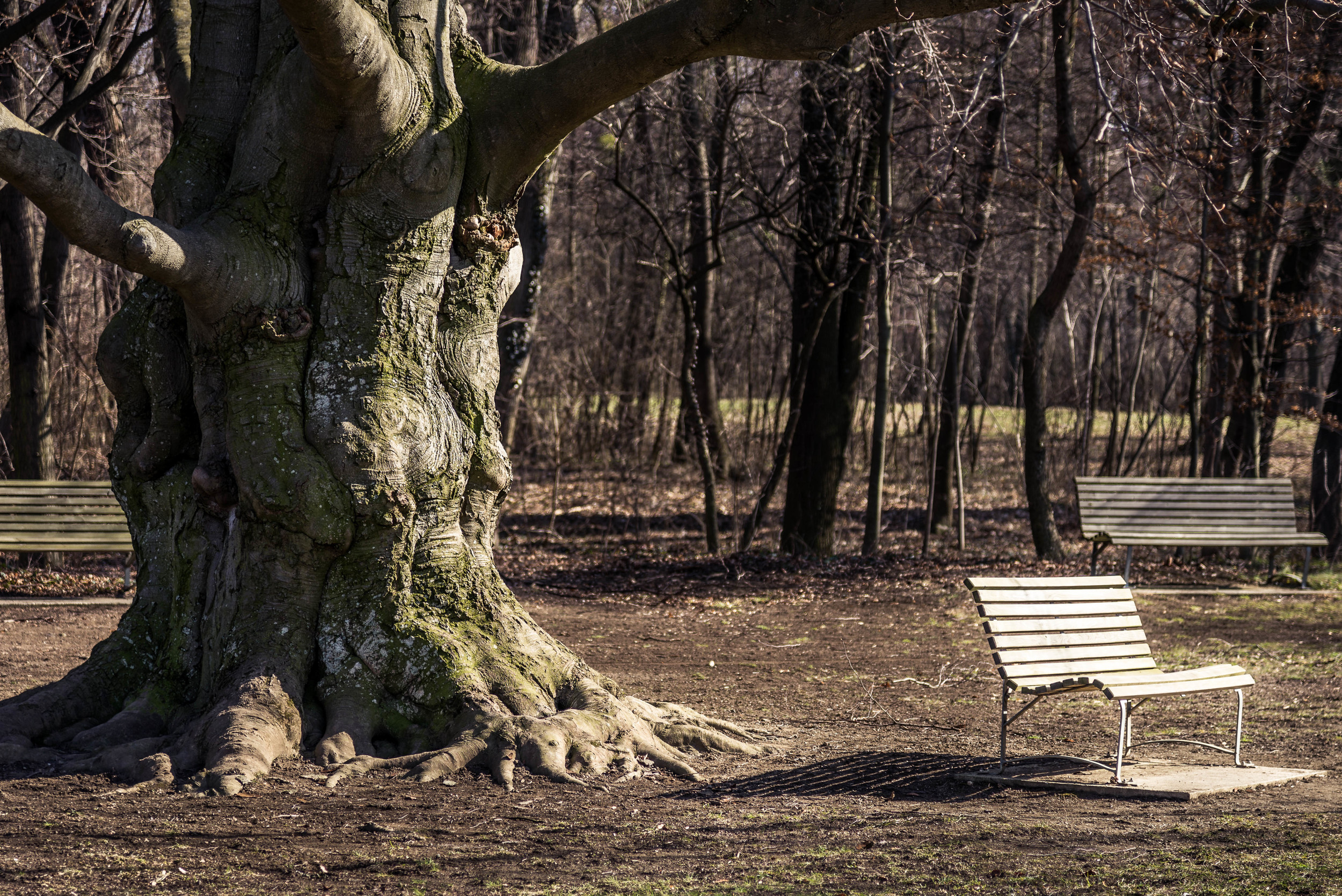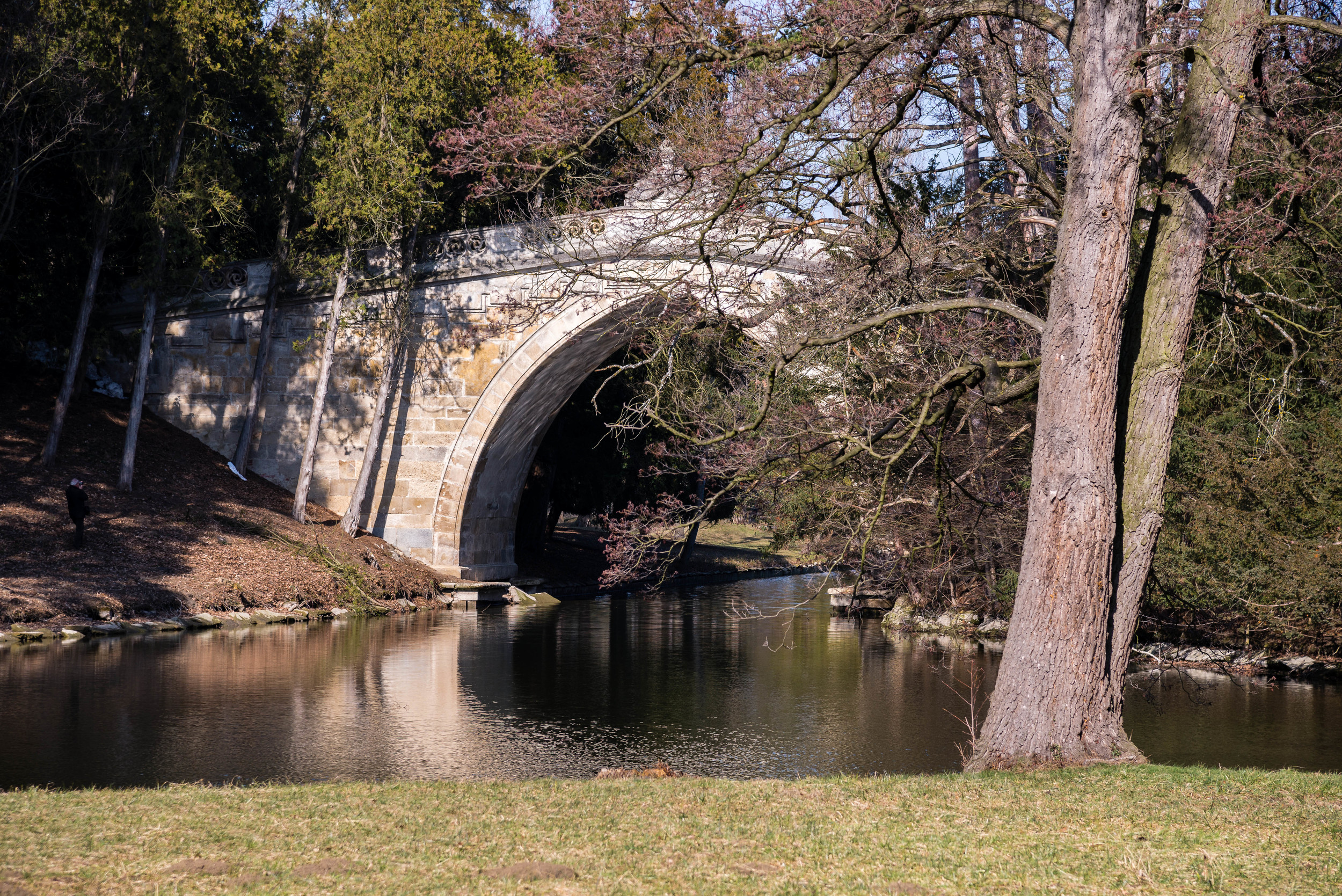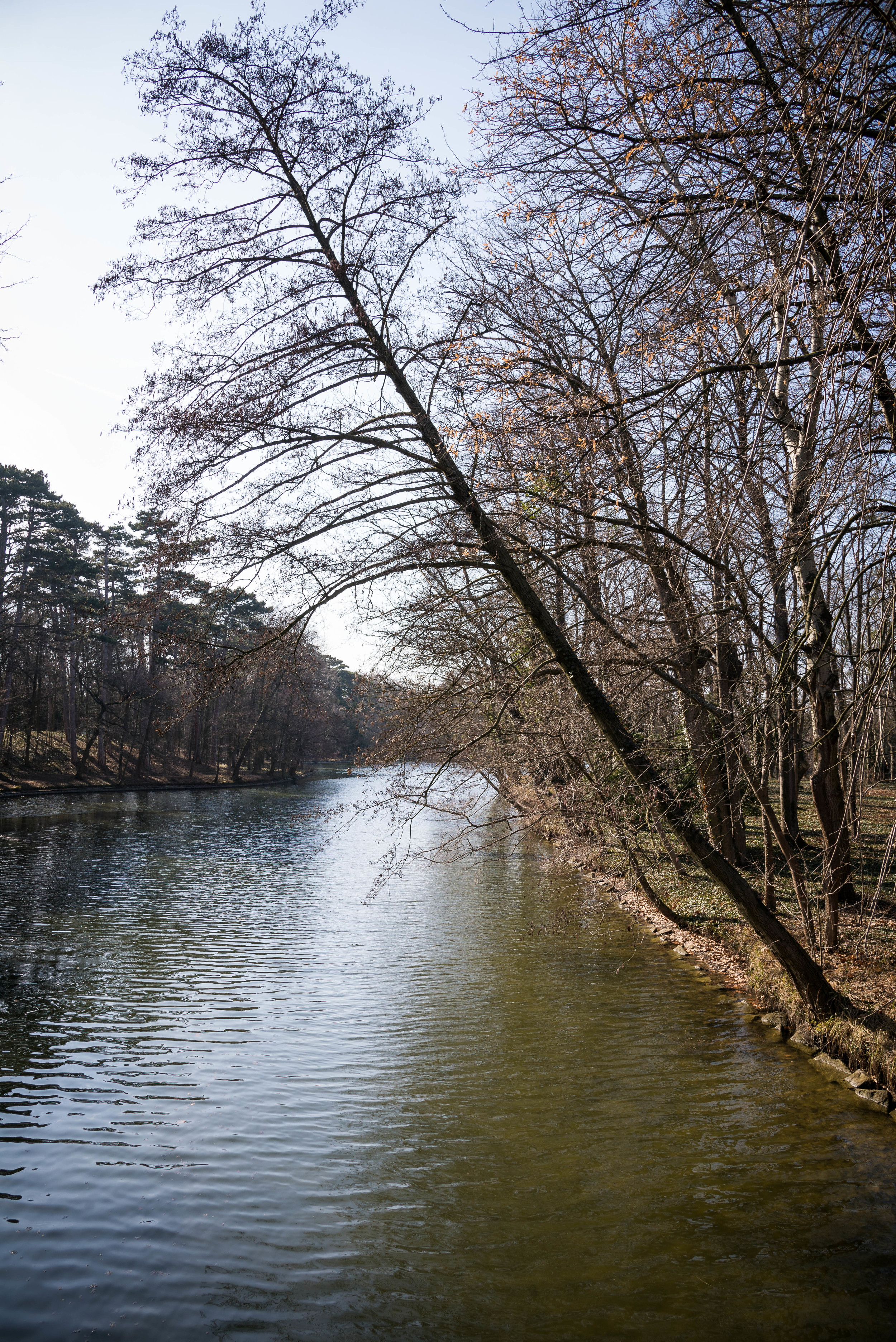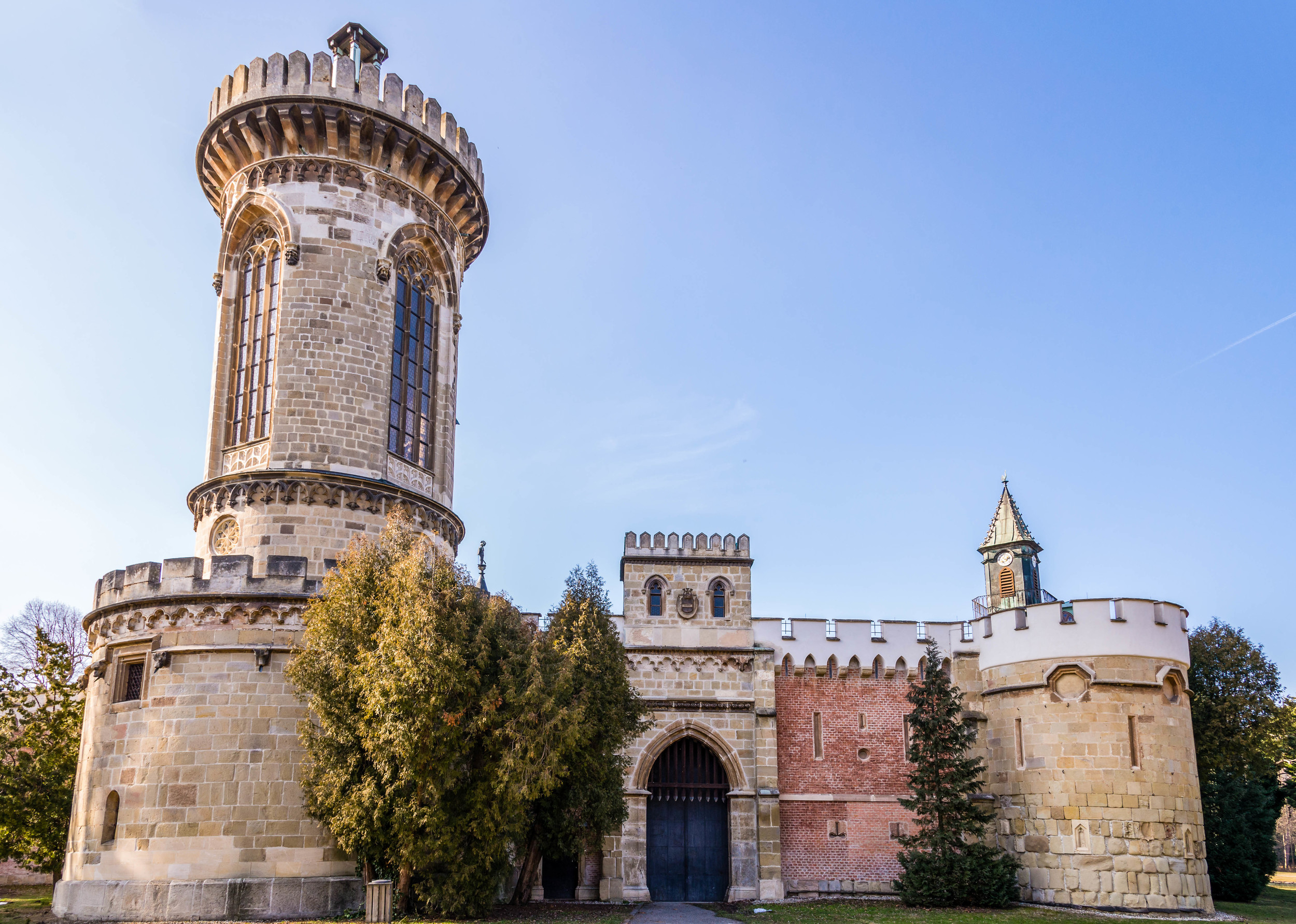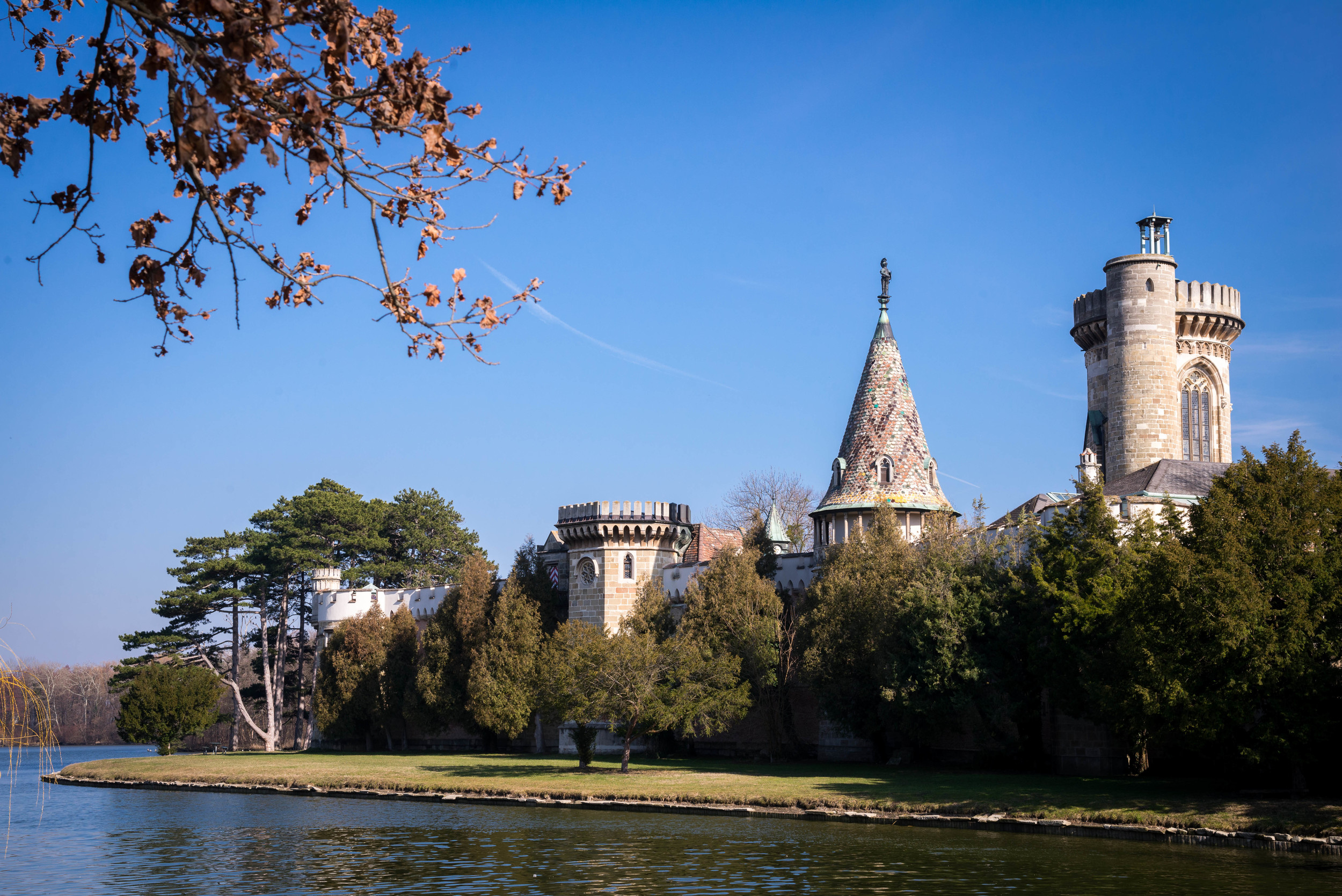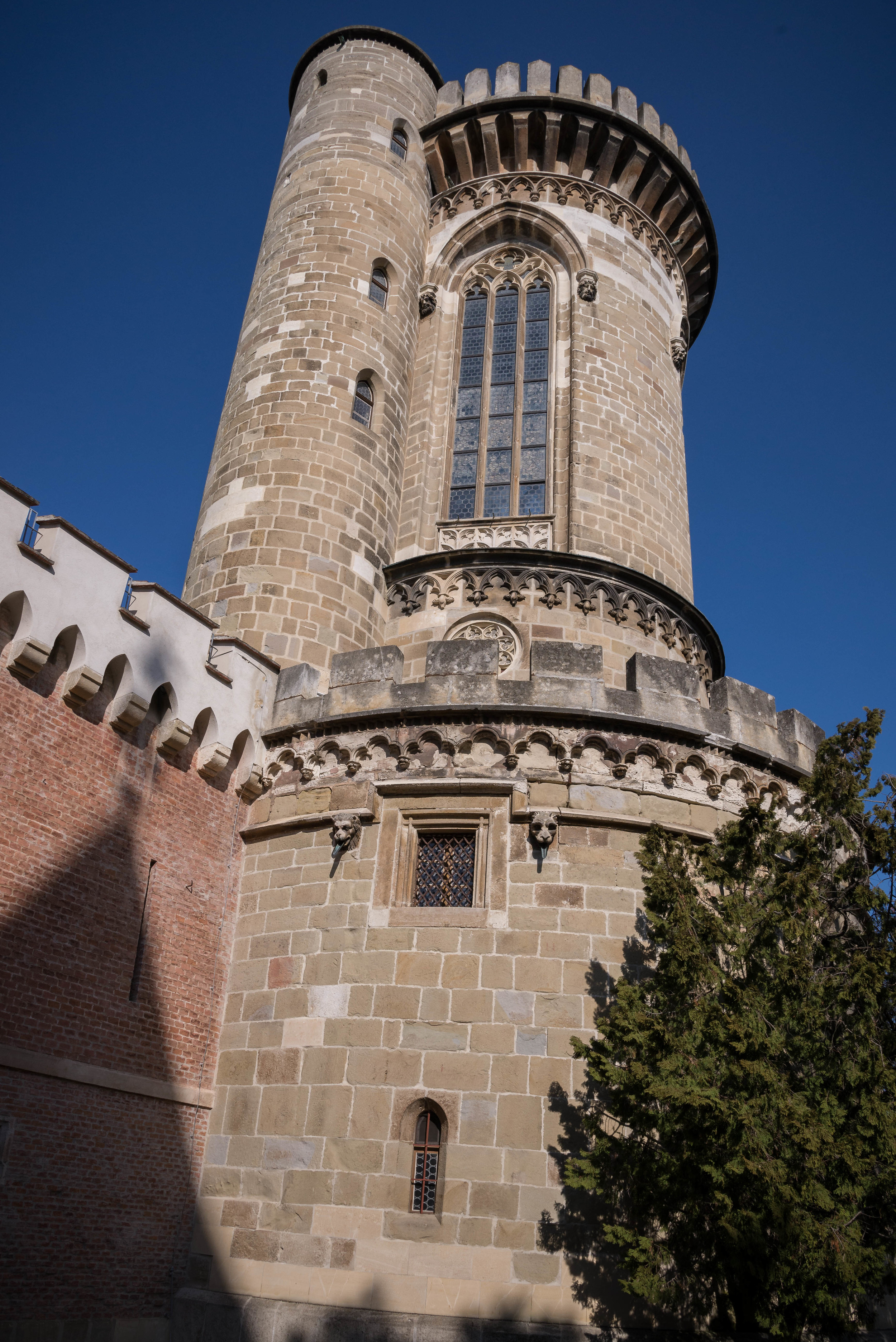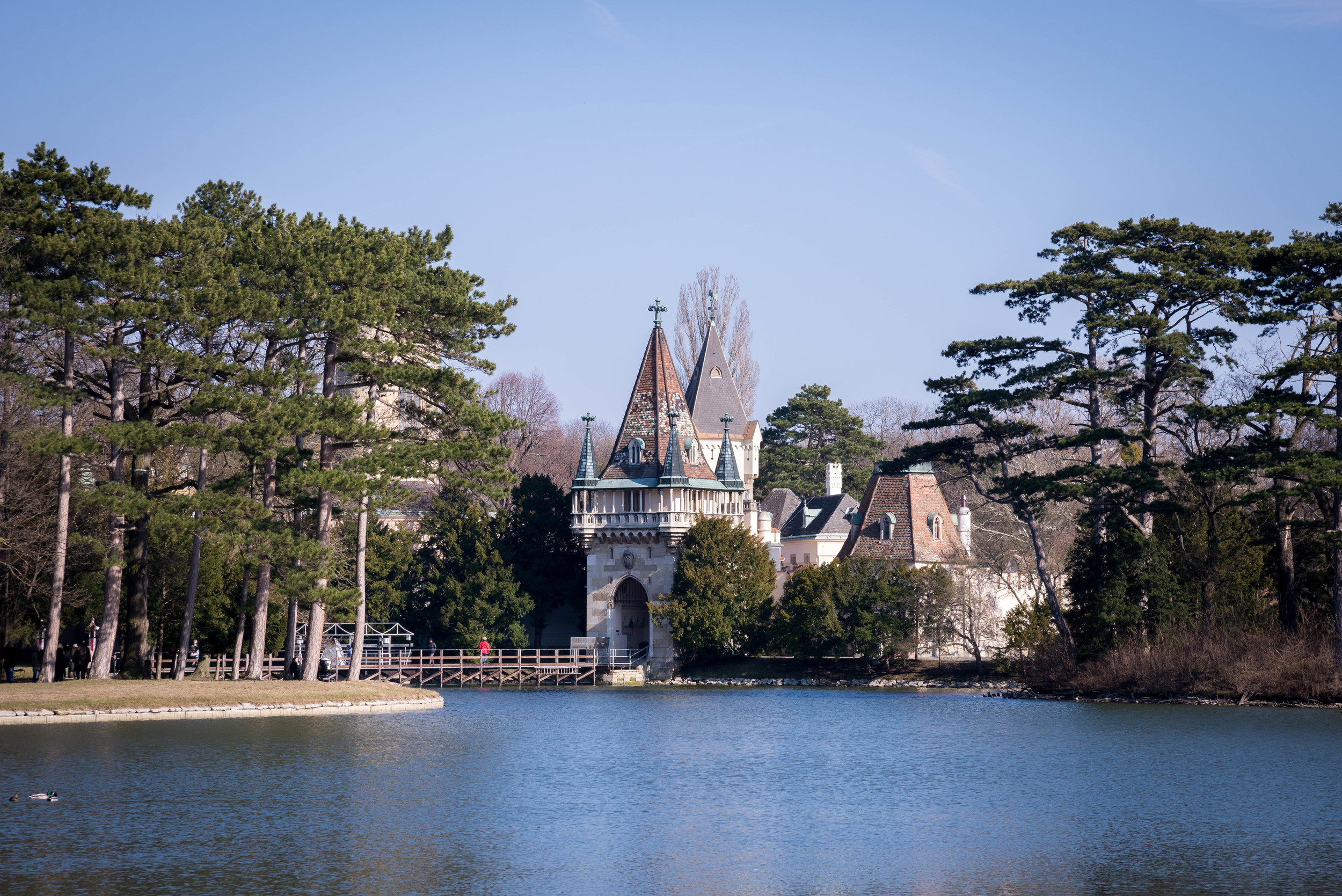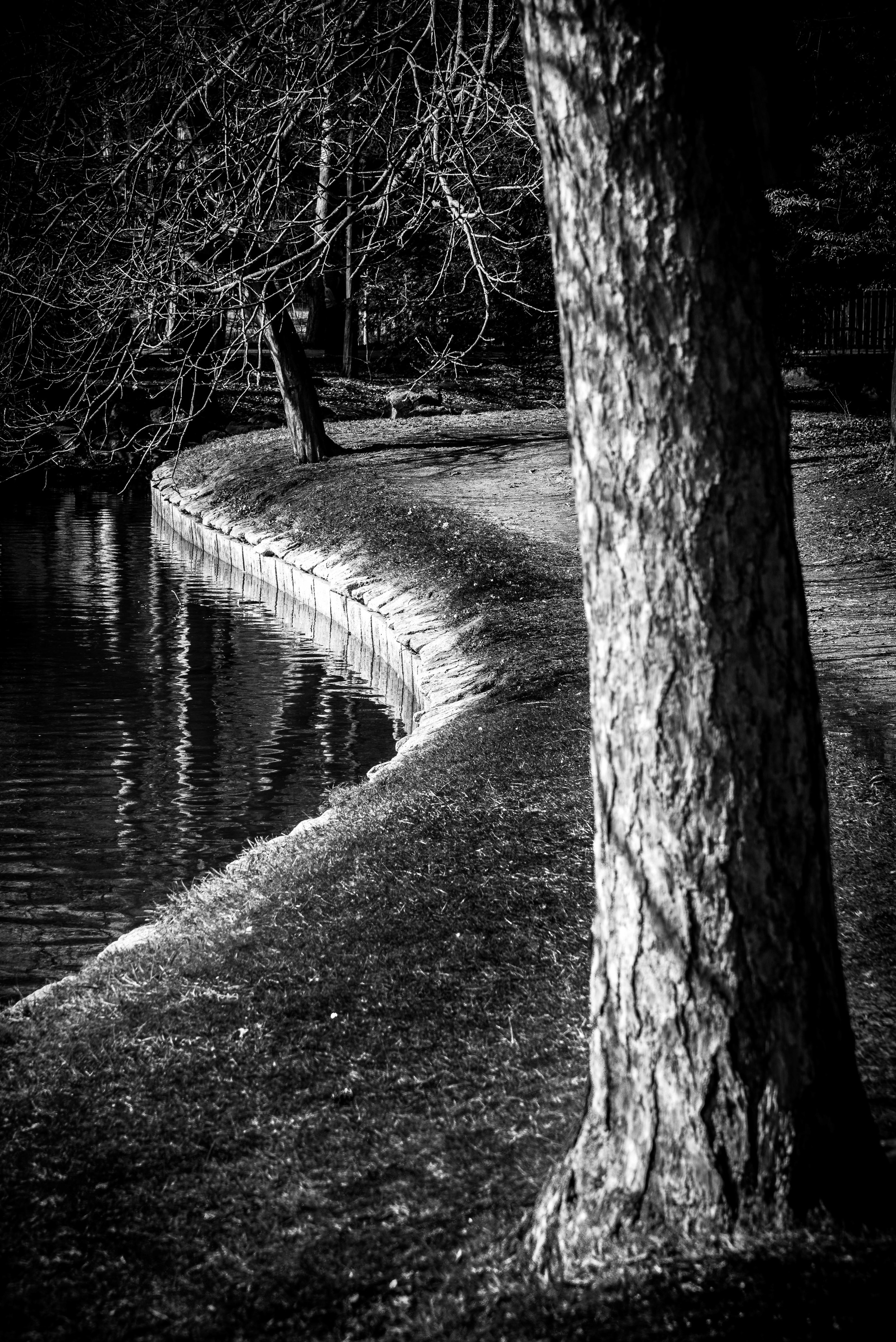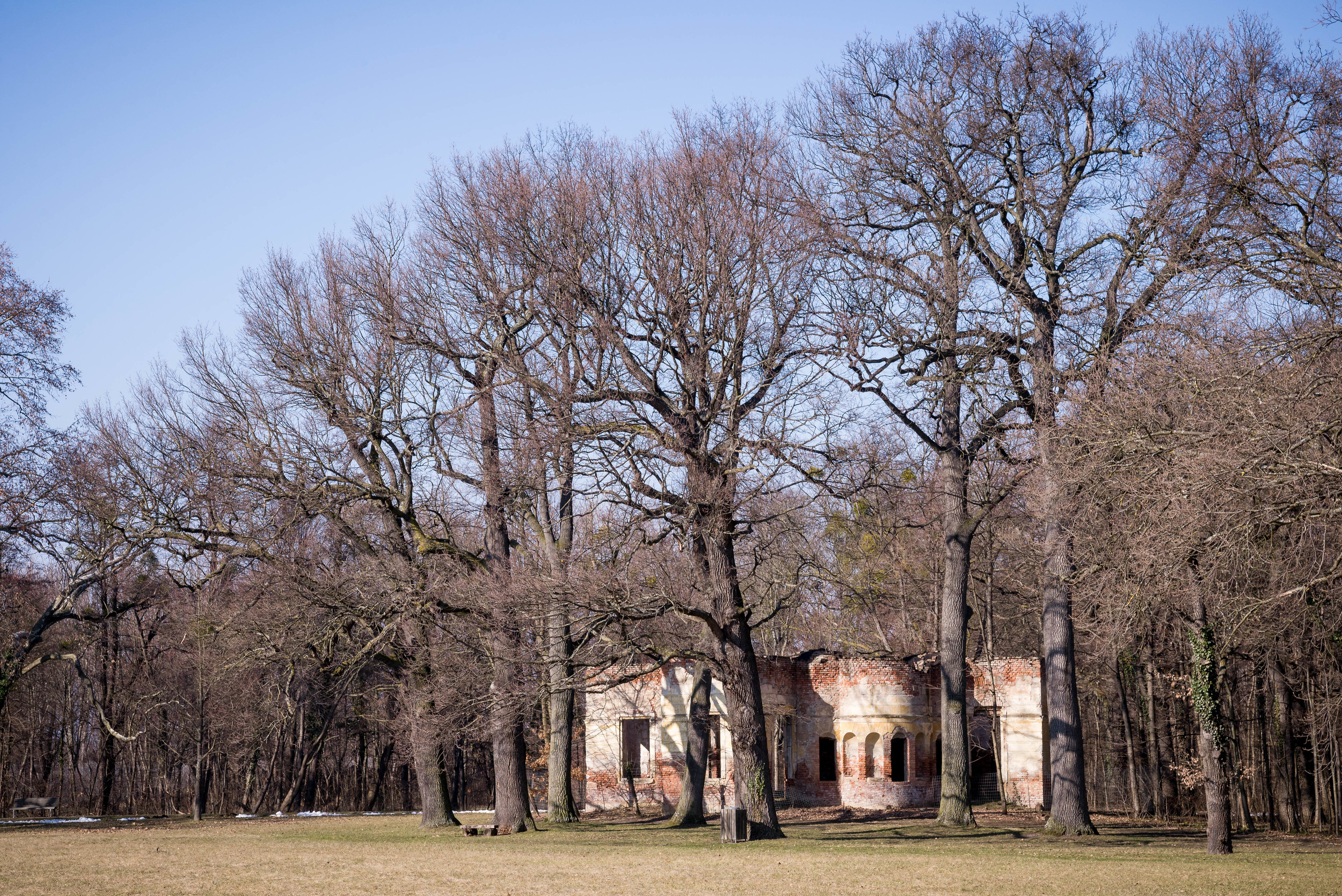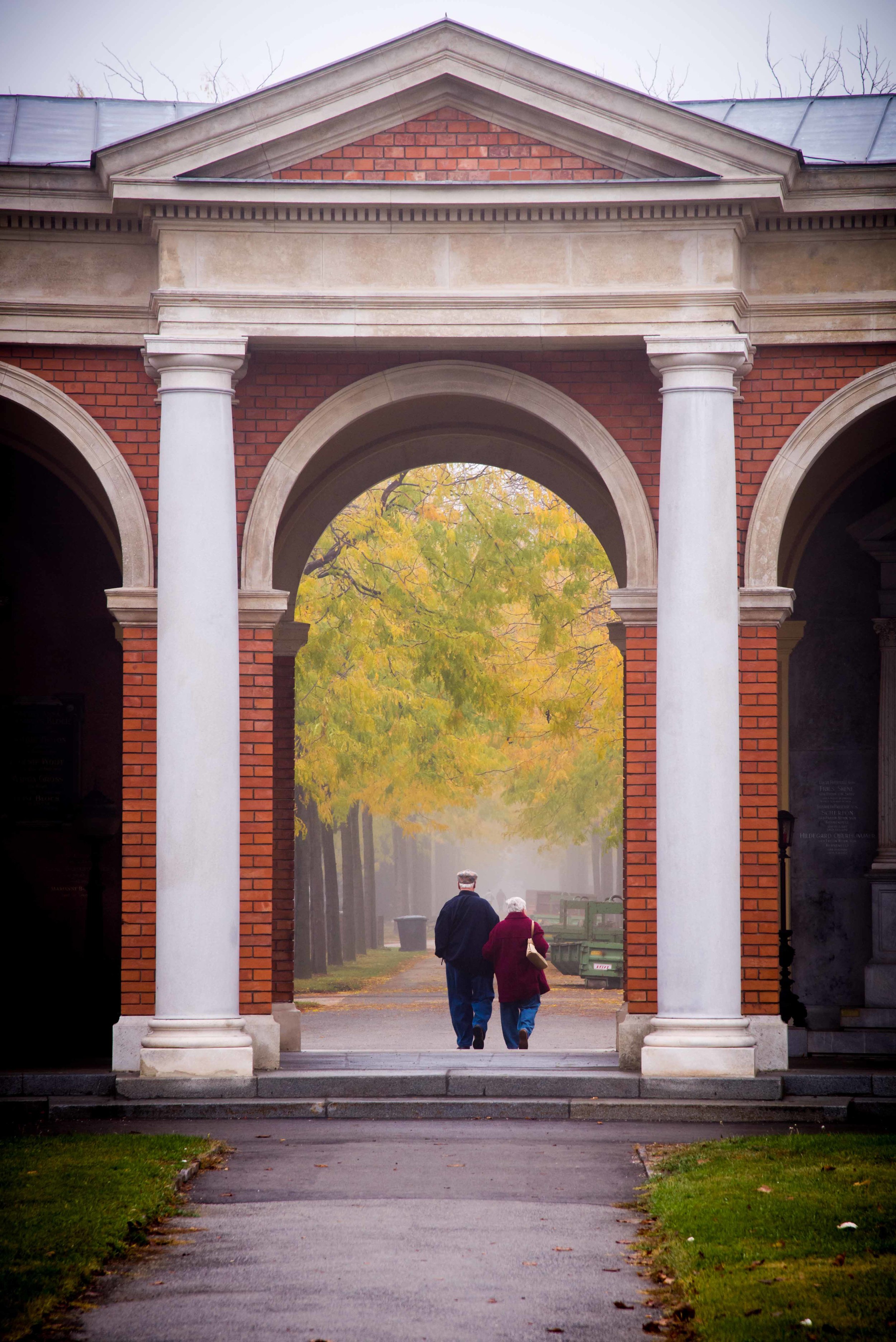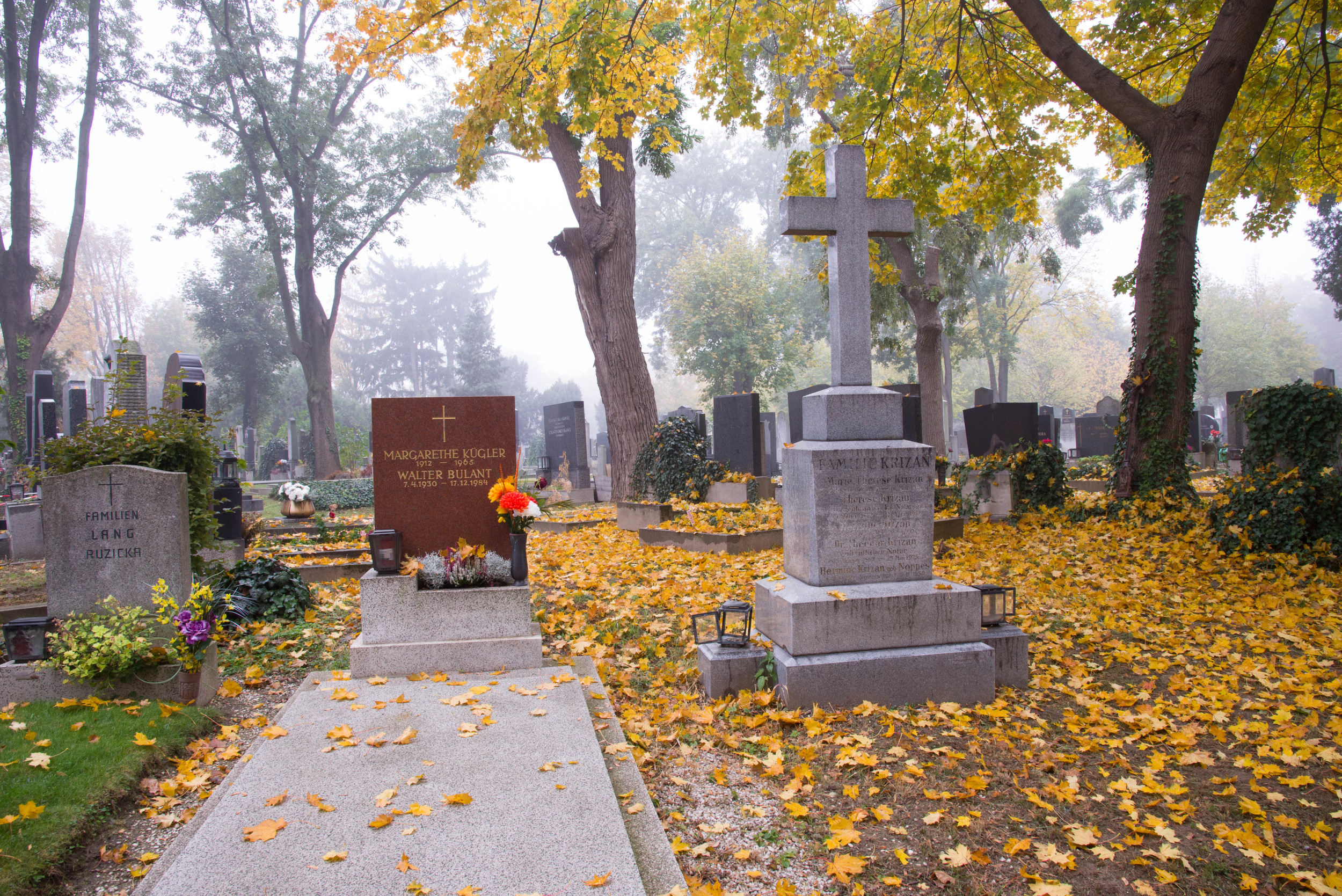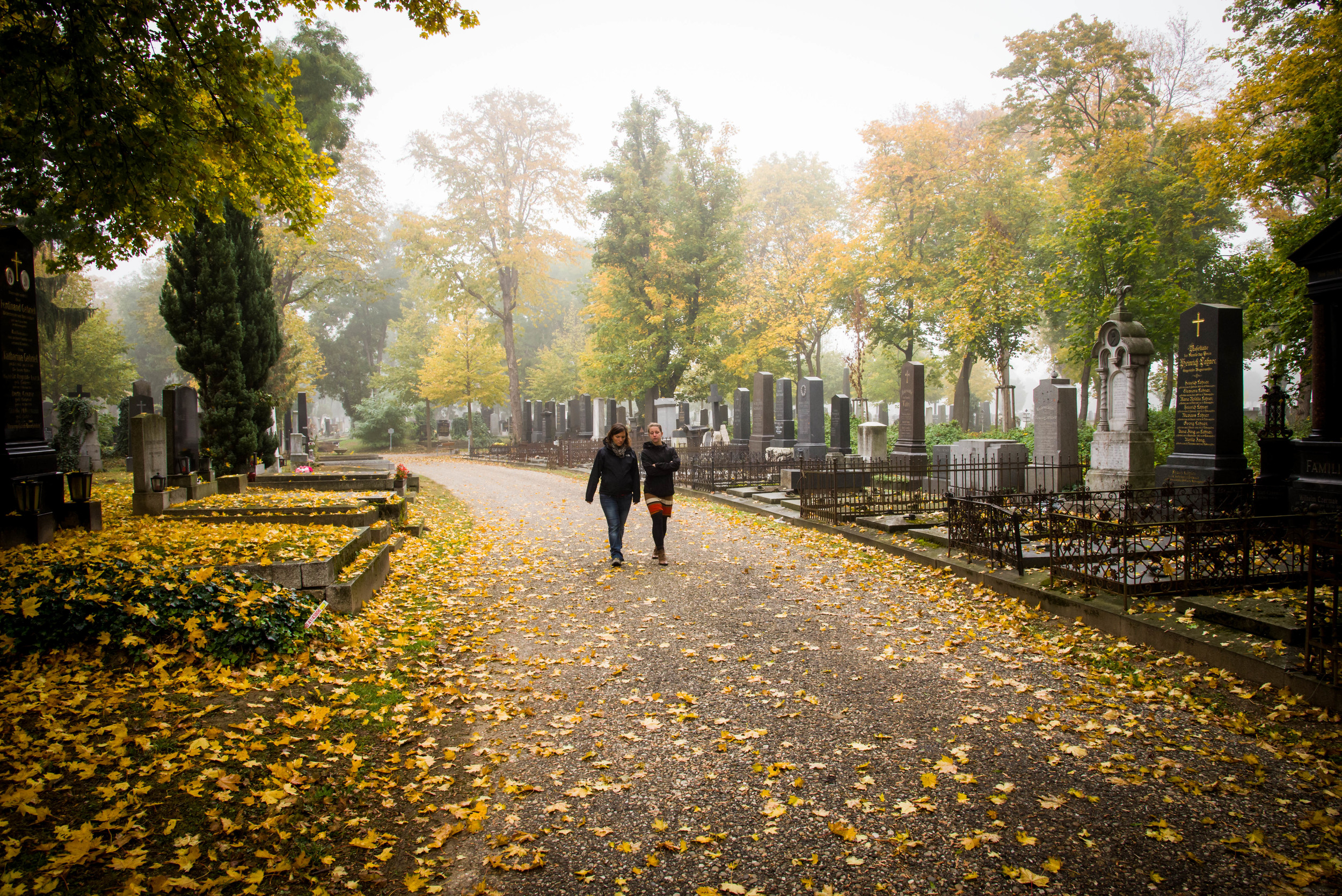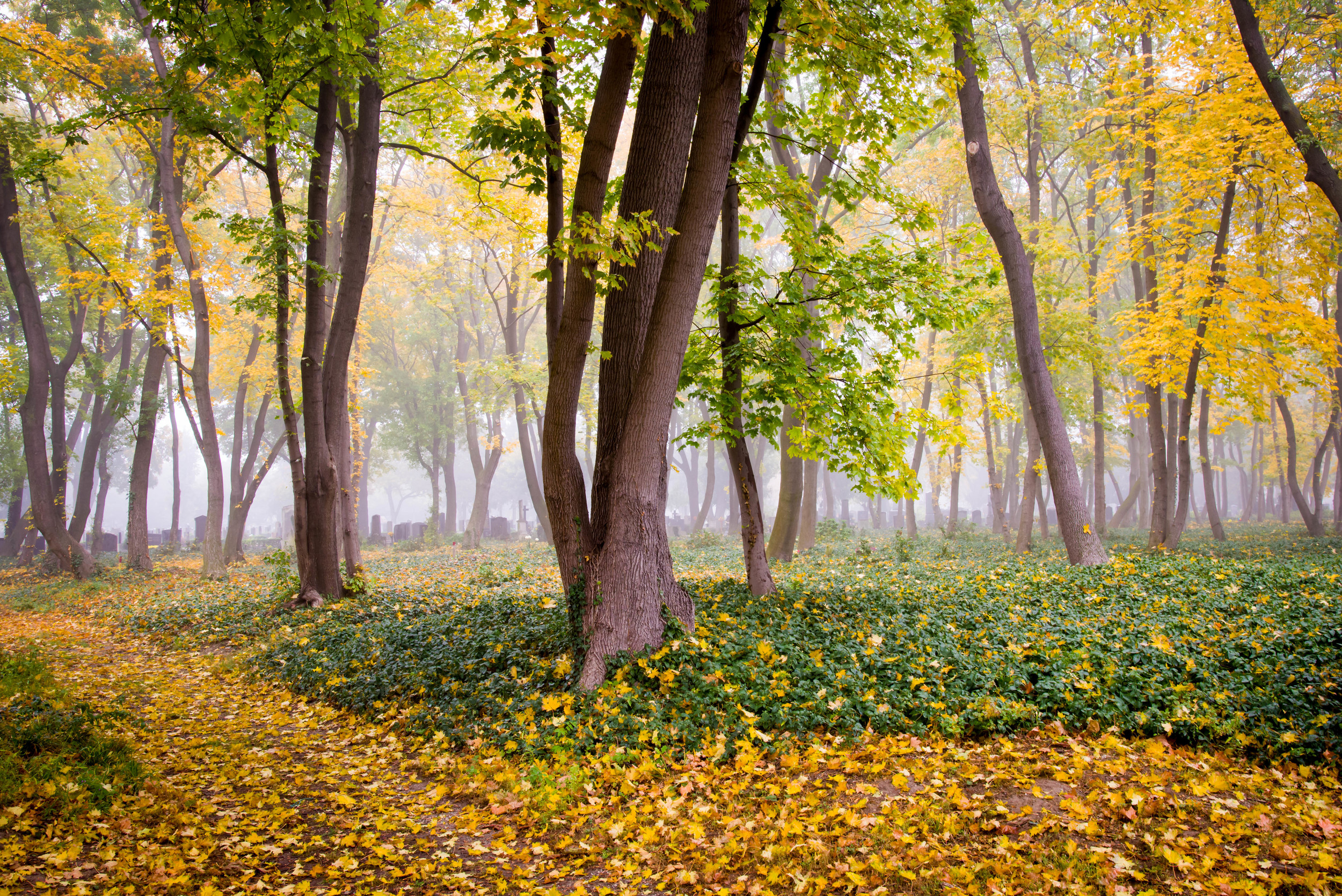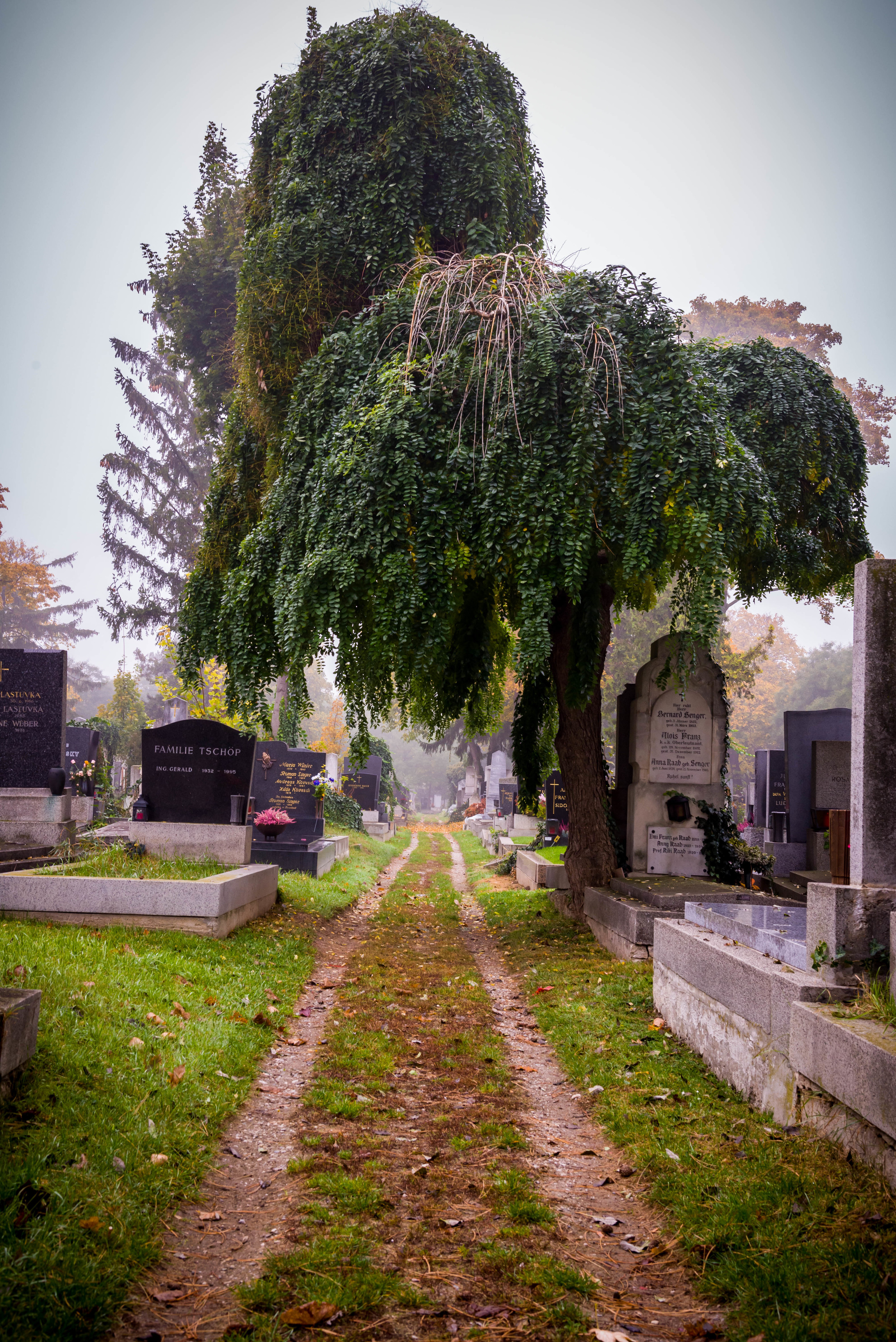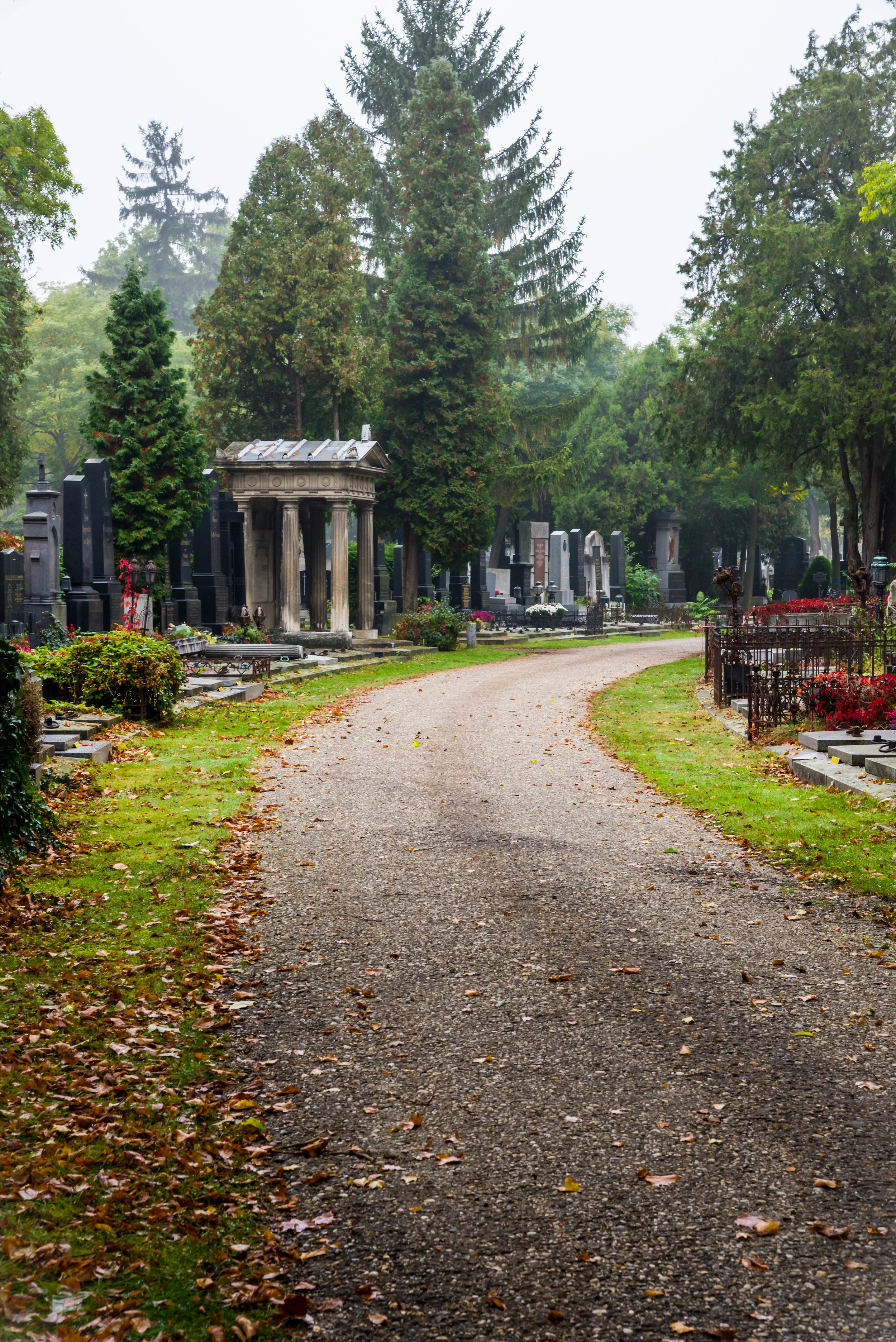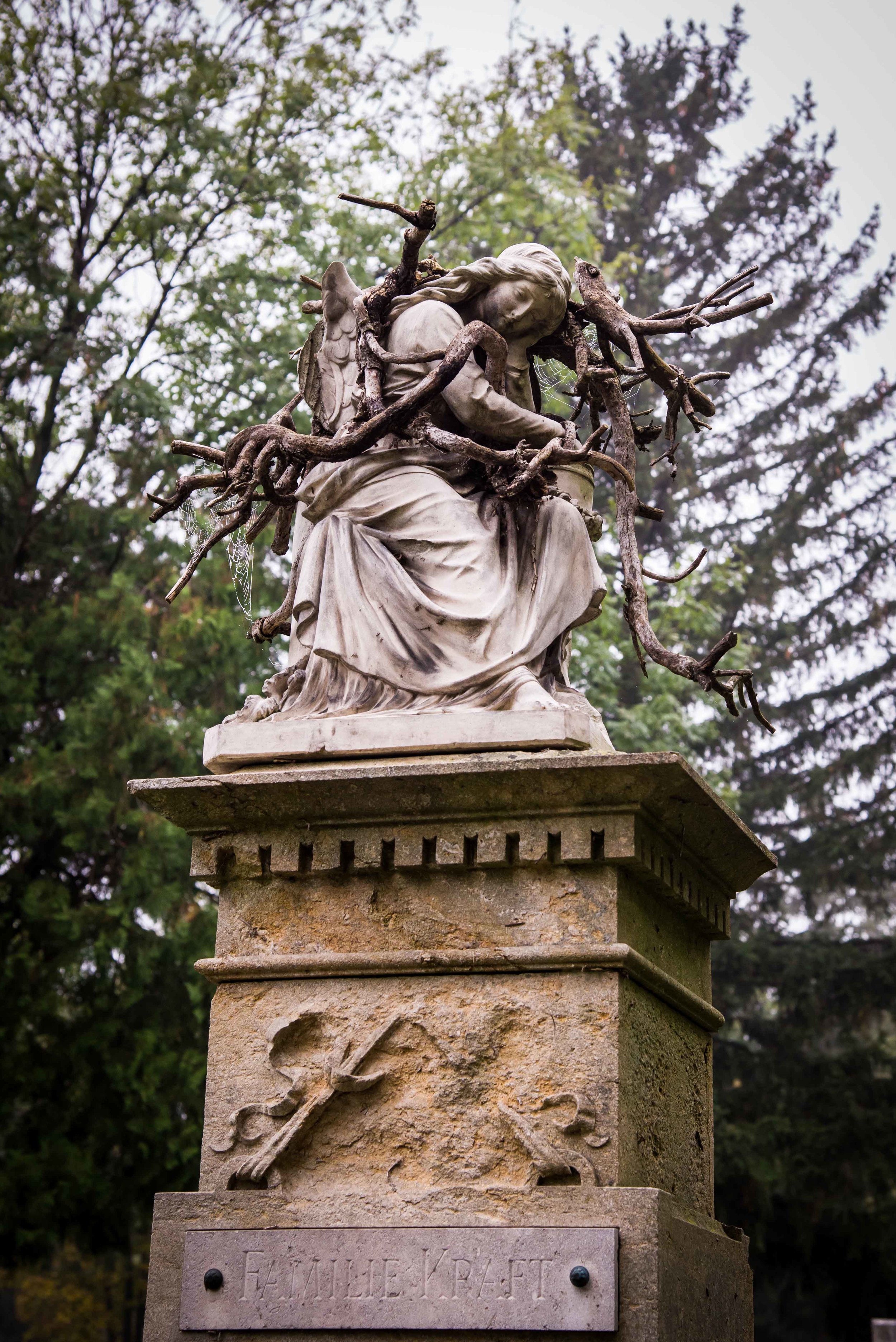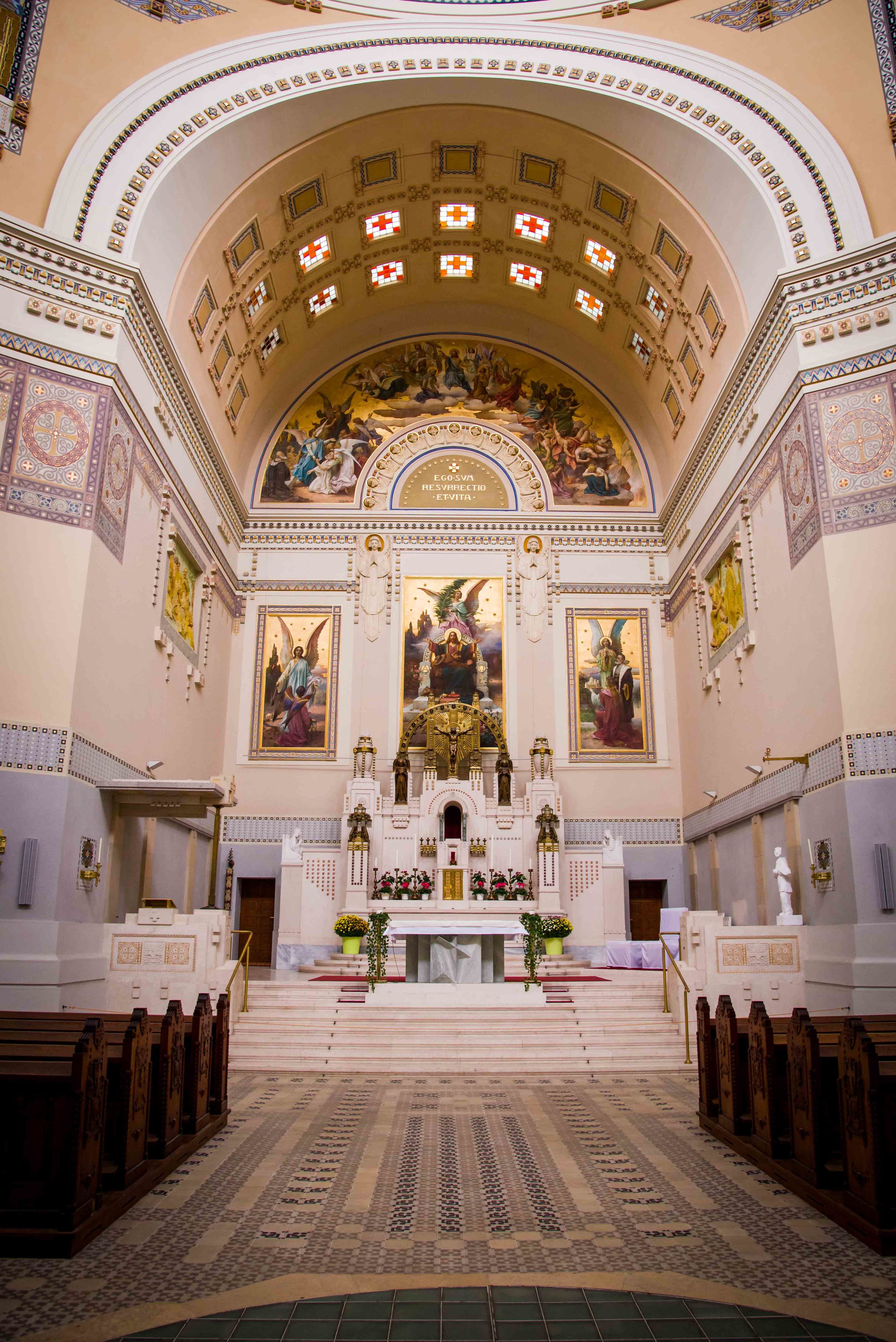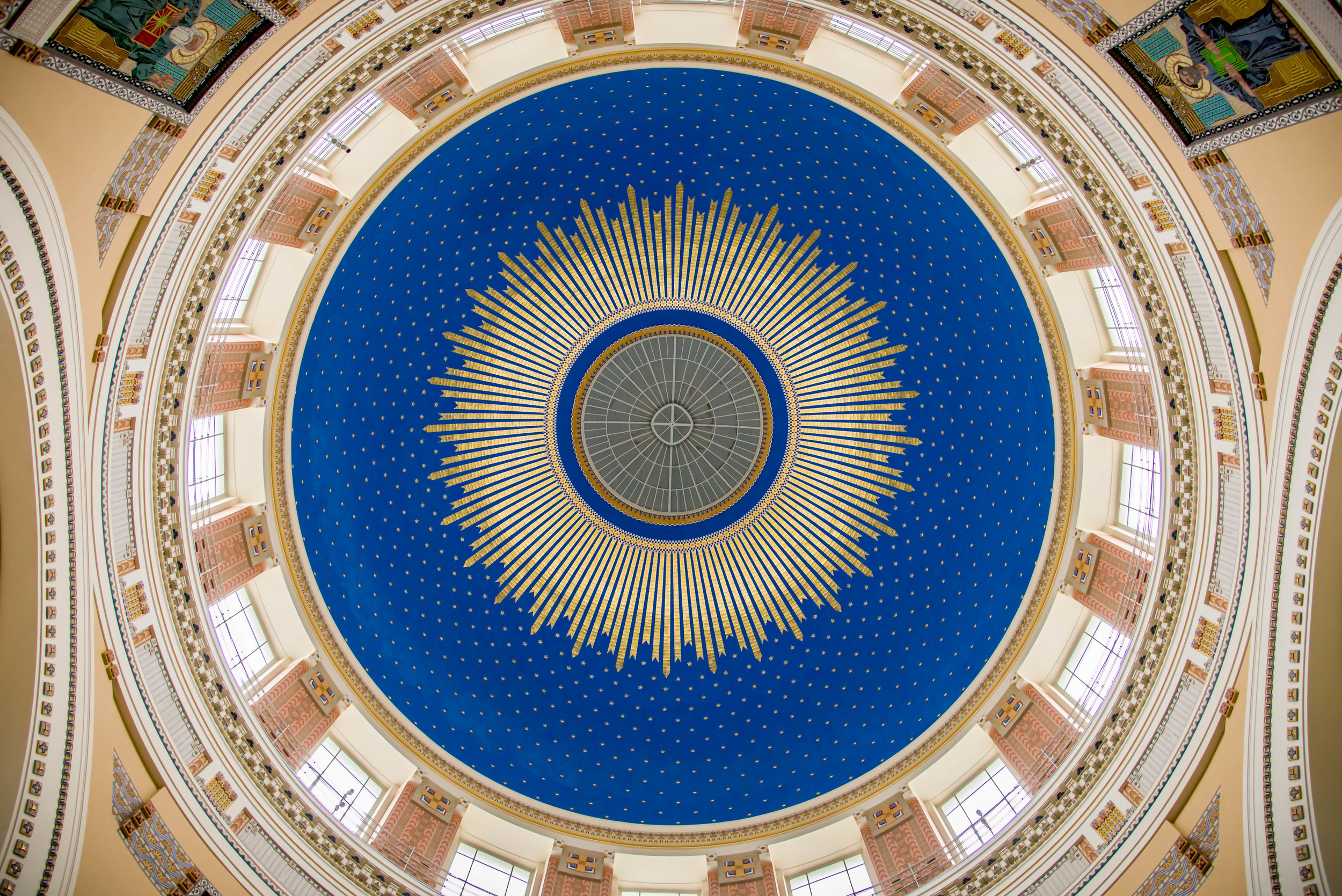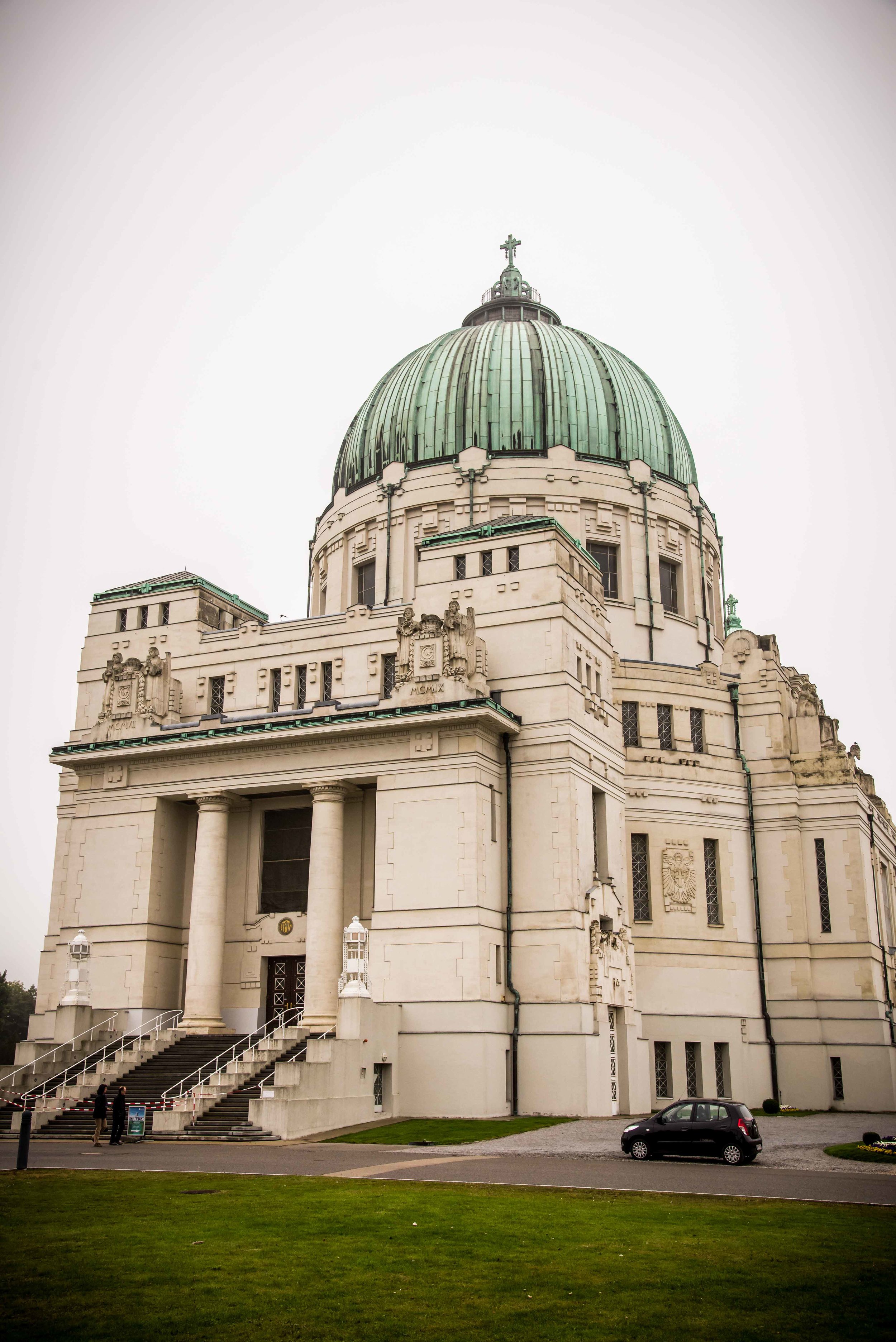Day Trip Safari - Aquila Game Reserve - South Africa
In February 2011 we made holidays in South Africa mainly in the area around Cape Town.
In February 2011 we made holidays in South Africa mainly in the area around Cape Town. It was the first time for us to go to Africa and it was a wonderful trip to a wonderful continent. In a series of posts starting with this post I want to show you a selection of images I took during the trip.
Im Februar 2011 verbrachten wir unseren Urlaub in Südafrika genauer gesagt zum Großteil in und um Kapstadt. Für uns war es die erste Reise nach Afrika und es war eine wunderschöner Urlaub auf einen wunderschönem Kontinent. In einer Serie von Posts möchte ich euch eine Auswahl von Bildern zeigen, die während unseres Aufenthalts entstanden sind.
On the second day of our holiday we made a day trip to the Aquila Game Reserve, a 7500 hectare conservancy in the Southern Karoo where you can see the "Big Five" which are elefant, buffalo, rhino, lion and cheetah. The Aquila Private Game Reserve is contributing to re-introduce endangered wildlife into the Cape region.
Am zweiten Tag unseres Urlaubs machten wir einen Tagesausflug in das Aquila Game Reserve, ein 7500 Hektar großes Schutzgebiet in der südlichen Karoo. Hier kann man die "Big Five" Elefant, Büffel, Nashorn, Löwe und Leopard beobachten. Das Aquila Game Reserve trägt zu Wiedereinführung von gefährdeten Tieren in der Kap-Region bei.
The Eternal City - Die ewige Stadt - Rome Trip
Photos should be viewed and not rest on a hard drive, therefore I set up this post with pictures from our trip to Rome in October 2011.
Photos should be viewed and not rest on a hard drive, therefore I set up this post with pictures from our trip to Rome in October 2011. Rome is a fantastic city with its long history and its breathtaking monuments. So I hope you enjoy my pictures.
Kaisergruft - Imperial Crypt / Kapuzinerkirche / Vienna - Austria
A famous tourist sight in Vienna is the Imperial Crypt. I know that the topic itself is not a light fare, but it is worth visiting - its a part of Austrian history.
A famous tourist sight in Vienna is the Imperial Crypt. I know that the topic itself is not a light fare, but it is worth visiting - its a part of Austrian history. The Imperial Crypt is a burial chamber beneath the Capuchin Church for members of the House of Habsburg. The last Habsburg buried in the crypt was Otto von Habsburg in 2011.
Eine bekannte Wiener Touristenattraktion ist die Kaisergruft. Ich weiss das Thema ist keine leichte Kost, aber als Teil der österreichischen Geschichte einen Besuch wert. Die unter der Kapuzinerkirche befindliche Kaisergruft ist die letzte Ruhestätte für Mitglider der Habsburger Familie. Otto von Habsburg war der bisher letzte Habsburger der im Jahr 2011 in der Gruft bestattet wurde.
Laxenburg Palace - Schloss und Schlosspark Laxenburg
On the first weekend of March, after a long and snowy winter, a perfect Sunday allowed the visit of the Laxenburg palace and the associated park.
A perfect Sunday allowed the visit of the Laxenburg palace and the associated park. The Laxenburg palace and the park were highly recommended to me and therefore I went there with my family. We did not get disappointed, the park was beautiful and there were many things to explore.
The Laxenburg palace and park are located near Vienna.The park and palace were built in the 13. century and owned by the peers of Lachsenburg. The Park and the buildings were extended in the following centuries by the Habsburgs. Until World War I the palace was used as the Spring residence of the Habsburgs. The park extents over an area of 250 hectar with a 25 hectar lake. The park contains many historic buildings like Franzens-castle, grünes Lusthaus, Concordiatempel, Turnierplatz, Haus der Laune, Felsengrotte, Rittergruft and Hofeiskeller. The Palace including its park are a popular place of excursion for the Viennese population and tourists. Weitere Infos zu Schloss und Schlosspark sind zu unter http://www.schloss-laxenburg.at/ zu finden.
Ein wettertechnisch perfekter Sonntag war ein guter Grund zum Besuch des Schlossparks Laxenburg. Ich habe nur Positives über das Schloss Laxenburg und den angeschlossenen Schlosspark gehört, also meine Familie ins Auto gepackt und uns in Richtung Laxenburg in Bewegung gesetzt. Wir wurden nicht enttäuscht, der Park war, auch wenn die Natur noch nicht erwacht war, wunderschön und es gab vieles zu entdecken.
Der nahe Wien gelegene Schlosspark stammt wie das alte Schloss aus dem 13. Jahrhundert und war im Besitz der Herren von Lachsenburg. Bis zum Ersten Weltkrieg diente das Schloss neben dem neuen Schloss als Frühlingsresidenz der Habsburger. Der Schlosspark Laxenburg erstreckt sich über eine Fläche von ungefähr 250 Hektar und beherbergt den ca 25 Hektar großen Schlossteich. Im Park sind zahlreiche historische Bauten, wie die Franzensburg, das Grüne Lusthaus, der Concordiatempel, der Turnierplatz, das Haus der Laune (heute aber nurmehr eine Ruine), die Felsengrotte, die Rittergruft mit der Rittersäule und die Hofeiskeller. Der Schlosspark ist ein beliebtes Ausflugsziel der Wiener Bevölkerung und vieler Touristen. Further information on Laxenburg palace and park you can find under http://www.schloss-laxenburg.at/.
Walking in the Dark - Night Photography
I admit that I have not very often tried to take pictures in the dark, so the last weeks I was giving me the task to go out when there is no natural light left.
I admit that I have not very often tried to take pictures in the dark, so the last weeks I was giving me the task to go out when there is no natural light left. To make it a little bit more challenging I am not using a tripod (and also I sometimes am a llitle bit lazy to carry a tripod). In an environment where you have no natural light you have to search for areas with artificial light to use these as your light source, in those illuminated areas the action should take place.
I live in Vienna, so is not very difficult to find areas with artificial light, such as normal street lighting but also bright lit buildings and sights. Those "island of light" combined with spot metering allow the creation of high contrast pictures. In low light situations it is hard to get sharp pictures, especially handheld. Fast lenses and high ISO kan help, but the limit for usable pictures is quickly reached (motion blur and noise). In many situations motion blur is not unwanted and can help to tell the story, this depends on what is intended to express with the picture.
Zugegebenermaßen habe ich noch nicht sehr oft versucht Fotos speziell in der Nacht zu machen, daher habe ich mir in den letzten Wochen die Aufgabe gestellt im Dunkeln zu fotografieren. Um die Sache etwas herausfordernder zu machen habe ich kein Stativ verwendet (auch weil ich manchmal etwas faul bin ein Stativ herumzuschleppen). In einer Umgebung in der kein natürliches Licht vorhanden ist, muss man nach Bereichen suchen wo künstliches Licht verfügbar ist.
Ich lebe in Wien und so ist es nicht sonderlich schwierig Plätze mit künstlichem Licht, wie Straßenbeleuchtung oder hell beleuchtete Gebäude oder Sehenswürdigkeiten zu finden. Diese "Lichtinseln" in Verbindung mit der Spotmessung können zu kontrastreichen Bildern verhelfen. In diesen low-light Situationen, speziell aus der Hand fotografiert, ist es schwierig verwackelungsfreie Fotos zu erhalten. Lichtstarke Objektive und hohe ISO-Werte können helfen, aber das Limit für verwendbare Fotos ist schnell erreicht (Bewegungsunschärfe und Rauschen). In vielen Situationen ist Bewegungsunschärfe aber nicht unerwünscht, besonders wenn es hilft die Aussagekraft des Fotos zu unterstützen.
Vienna Central Cemetery - Wiener Zentralfreidhof
Vienna's Central Cemetery (Zentralfreidhof) is one of the worlds biggest cemeteries. The history of the cemetery goes back to the year 1869 when it was decided to build a new cemetery for the growing capital of the Austrian-Hungarian Empire.
Vienna's Central Cemetery (Zentralfreidhof) is one of the worlds biggest cemeteries. The history of the cemetery goes back to the year 1869 when it was decided to build a new cemetery for the growing capital of the Austrian-Hungarian Empire. The cemetery was located in the Simmering area on the outskirts of Vienna and opened in November 1874. More information you can find under http://en.wikipedia.org/wiki/Zentralfriedhof.
Many famous persons like Beethoven, Brahms, Schubert and many more found their final resting place on the Central Cemetery. The cemetery is manly catholic, but also hosts many other confessions.
The Central Cemetery is a very beautiful and peaceful place with artful old graves, monuments, buildings and many other things to be discovered. Especially in autumn the changing colours the weather are intensifying the devotional atmosphere.
So please enjoy my pictures of my walk through the Zentralfriedhof.


















